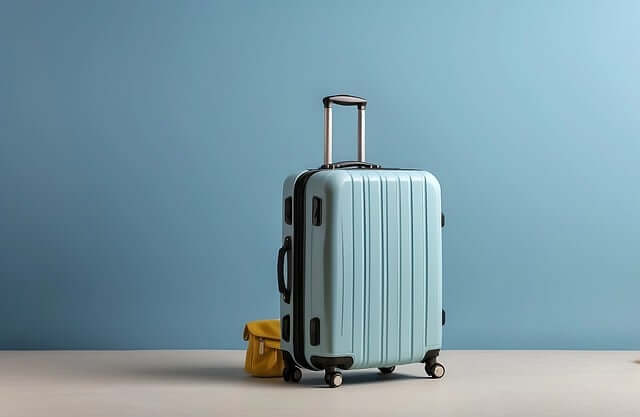In the US, immigration tends to be more popular in urban areas with a higher concentration of immigrants. This is partly because the economic benefits of immigrants are more apparent when you interact with them frequently. However, perception plays a significant role. If you’re accustomed to seeing many immigrants around, a rise in the immigrant population from 24% to 26% might go unnoticed. But if the increase is from 0% to 2%, it will likely draw attention and spark debate in your community.
Recent evidence suggests that the US may have been overestimating the number of foreign-born individuals in the country by as many as 2 million, bringing the official tally down to about 44 million. Despite this, critics of immigration remain unconvinced, and this development has largely been ignored. This is because the immigration debate is more about feelings than actual numbers.
Writing from Sweden, a country that historically hasn’t had many non-Western immigrants, the situation looks different. Unlike the UK or France, Sweden’s foreign-born population has been rising and now makes up almost one-quarter of the country’s 10.5 million people, with about half of these individuals coming from outside Europe. In Stockholm, the presence of many non-European faces is noticeable.
In the US, especially among right-wing commentators, it’s commonly believed that Sweden’s immigration policy has been disastrous. Sweden’s populist right party, the Sweden Democrats, is part of the governing coalition mainly because mainstream parties were slow to address migration issues. The country’s murder rate has increased sharply in recent years, with bombings and shootouts in Stockholm often connected to immigrant groups.
At the same time, Sweden could benefit from more people, especially young people, as the country’s total fertility rate is less than 1.6, well below replacement level. Moreover, Swedes often do not want to take on jobs typically associated with immigrants, such as driving Ubers or caring for children and the elderly. Despite the rise in crime, Sweden’s murder rate is still only about one-sixth of that in the US, making it a relatively safe country.
When exploring a foreign city for interesting food, I have a trick: I ask locals which neighborhood is considered the most dangerous. In Stockholm, the answer was Rinkeby, though many locals had never been there themselves.
I visited Rinkeby, a neighborhood with a significant non-White population, including many Somalians. There, I found Yemeni, Ethiopian, Persian, and other restaurants (I enjoyed a good chicken mandi at a place called Maida). I felt safe the entire time and saw many solo women, including blonde Swedes, walking leisurely along the main street, as well as many women with head coverings. I noticed a Western Union office and a driving school, indicating that people have some funds to send away or invest in a car.
While it’s well known that Rinkeby has serious problems, including violence, from my American and northern-Virginian perspective, the neighborhood felt lively and successful, and more likely to improve than deteriorate.
A wise immigration policy balances different perspectives. Sweden cannot continue to increase its rate of immigrant absorption without risking the rise of parties like the Sweden Democrats. Future prospective immigrants would also lose out, along with the political stability of native-born Swedes. It’s crucial to acknowledge Swedes’ perceptions.
However, immigration in Sweden is faring better than critics claim. Sweden remains a prosperous and dynamic country with one of the best startup scenes in Europe, a result of the country’s extreme openness, despite the challenges of high immigration.
The key is to keep all these perspectives in mind simultaneously and to always be willing to try new things, like exploring new restaurants.
























